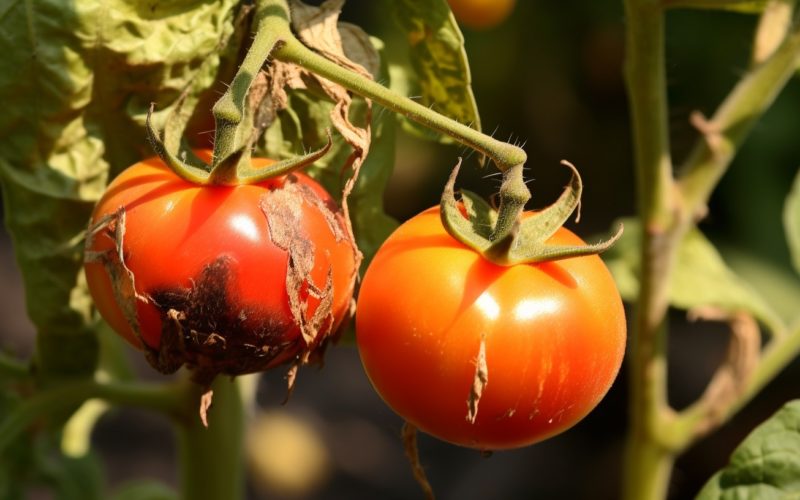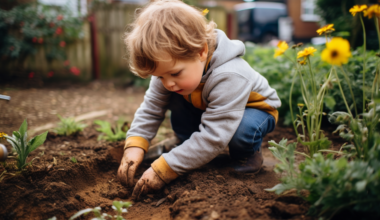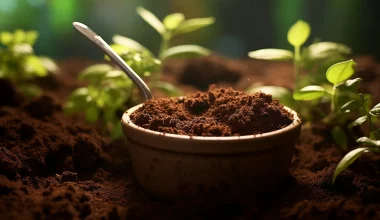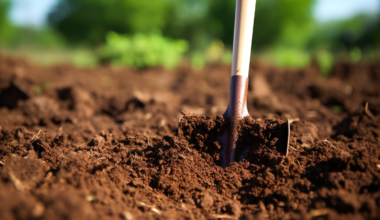Tomato blight is a common and destructive fungal disease that affects tomato plants worldwide. It can quickly spread, causing wilting, dark spots on leaves and fruits, and overall plant decline. To protect your precious tomato crop, it’s essential to take proactive measures to prevent and treat tomato blight. In this guide, we will explore effective strategies and techniques to keep your tomato plants healthy and blight-free. By following these tips, you can increase your chances of a successful harvest and enjoy a bountiful supply of tomatoes.
Understanding Tomato Blight
Tomato blight is primarily caused by two fungal pathogens: Early Blight (Alternaria solani) and Late Blight (Phytophthora infestans). Early Blight affects the foliage, while Late Blight affects both foliage and fruits. Both types thrive in warm and humid conditions, making them a significant concern for tomato growers. Here are some preventive and treatment measures to combat tomato blight:
1. Choose Resistant Tomato Varieties
Selecting tomato varieties with natural resistance to blight is an effective preventive measure. Look for labels indicating resistance to Early Blight (EB) or Late Blight (LB). Resistant varieties are specifically bred to withstand blight infection and can significantly reduce the risk of disease.
2. Practice Crop Rotation
Crop rotation is vital for preventing the buildup of fungal spores in the soil. Avoid planting tomatoes or other susceptible Solanaceae family crops (such as potatoes or peppers) in the same location each year. Rotate your crops, placing tomatoes in a different part of your garden or allotment to break the disease cycle.
3. Provide Good Air Circulation
Tomato blight thrives in humid conditions. Proper air circulation is essential to reduce moisture levels and prevent the spread of spores. Here’s how to improve air circulation:
- Plant tomatoes with adequate spacing between plants to allow air movement.
- Prune lower foliage to increase ventilation and reduce moisture buildup.
- Avoid overhead watering; instead, water at the base of the plants to keep foliage dry.
4. Apply Mulch and Water Management
Mulching around tomato plants helps to regulate soil moisture, prevent soil splashing onto leaves, and reduce the risk of blight infection. Apply a layer of organic mulch, such as straw or wood chips, around the base of the plants. Additionally:
- Water plants at the base to avoid wetting the leaves.
- Water in the morning to allow foliage to dry before evening, reducing overnight humidity levels.
5. Monitor and Remove Infected Leaves and Fruits
Regularly inspect your tomato plants for any signs of blight infection. If you notice brown or black lesions on leaves or fruits, it’s important to act promptly:
- Remove and destroy infected leaves, ensuring not to touch healthy plant parts.
- Prune infected branches, maintaining a clean and open plant structure.
- Bag and dispose of infected plant material; do not compost it.
6. Consider Organic Fungicides
If you face persistent blight issues, organic fungicides can be used as a last resort. Copper-based fungicides are commonly recommended for controlling blight. Follow the instructions carefully and apply them preventively or at the first signs of disease. Remember to adhere to organic gardening principles and use fungicides sparingly.
7. Practice Good Garden Hygiene
Maintaining good garden hygiene is crucial to prevent the spread of blight and other diseases. Follow these hygiene practices:
- Clean and sanitize your gardening tools regularly.
- Avoid working in the garden when plants are wet to minimize the risk of spreading fungal spores.
- Wash your hands thoroughly after handling infected plants.
Conclusion
Tomato blight can be a devastating disease for tomato plants, but with proper prevention and timely treatment, you can minimize its impact on your harvest. By selecting resistant varieties, practicing crop rotation, providing good air circulation, managing water properly, monitoring for infection, and maintaining good garden hygiene, you can greatly reduce the risk of blight. Remember that prevention is key, and early detection and action are essential in treating tomato blight. With these strategies in place, you can enjoy healthy, blight-free tomato plants and a successful tomato-growing season.






